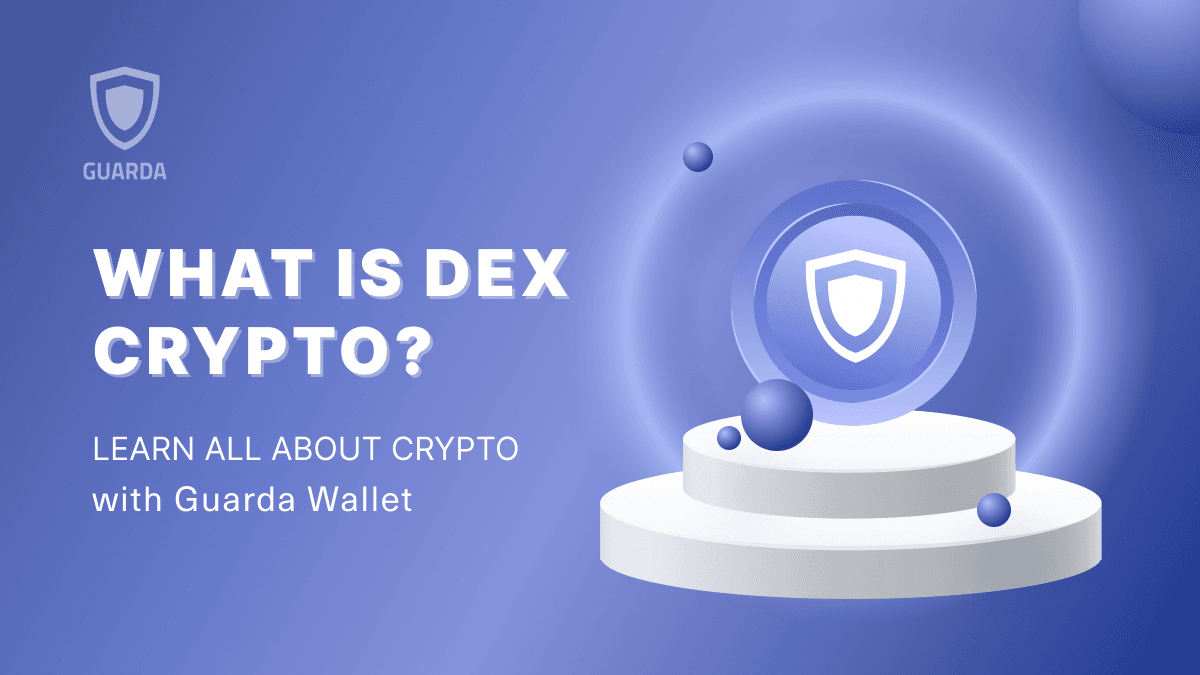In today’s financial realm, what is fiat money remains a key question, especially in juxtaposition with cryptocurrencies. This article delves into what is fiat currency, the core fiat definition, and fiat meaning in the modern landscape, as well as its contrast with digital currencies within blockchain technology.
Definition of Fiat Money
Fiat money is currency issued by a government, not backed by a physical commodity like gold or silver. The fiat currency definition hinges on its value coming from the trust in the issuing government. In essence, what does fiat mean is its value rooted in legal declaration rather than intrinsic worth, making it a fundamental fiat money example.
The Evolution of Fiat Money
Understanding fiat currency meaning involves looking at its historical evolution. Historically, currencies were often backed by commodities. For example, the gold standard, where each currency unit had a value directly linked to a specific amount of gold. The modern era has seen a shift to fiat money, primarily post-World War II, as countries moved away from commodity-based currencies to stabilize their economies. This shift is key to how fiat money meaning has evolved over time.
Key Characteristics of Fiat Money:
- Government Backed: It is legally endorsed, typifying what is fiat money in the governmental context.
- No Intrinsic Value: This aspect helps define fiat, distinguishing it from assets like precious metals.
- Centralized Control: Fiat currencies are managed by central authorities, such as central banks.
- Value Stability: Generally, this offers more stability compared to cryptocurrencies in the decision to buy fiat or cryptos.
Fiat Money in the Modern Economy
Fiat currency definition is the predominant form of currency globally, essential in controlling economies via monetary policies. Central banks can influence inflation, interest rates, and liquidity by regulating the money supply. The global acceptance of it in international trade helps to define fiat as a universally recognized currency. Role in Global Economy:
- Global Trade: Facilitates cross-border transactions.
- Economic Indicators: Reflect a country’s economic status in fiat meaning as national currency.
Disadvantages of Fiat Money:
- Inflation risk is a downside as fiat money can devalue.
- Dependence on government policy is a critical aspect of fiat currency meaning.
- Risk of Hyperinflation: Poor management of fiat currency can lead to hyperinflation, a risk less prevalent in cryptocurrencies due to their decentralized nature.
- Centralization and Control: Governments control fiat, whereas cryptocurrencies offer a decentralized approach, reducing reliance on any single authority.
- Cross-Border Limitations: Fiat money often faces higher fees and slower transaction times for international transfers compared to cryptocurrencies.
- Lack of Anonymity: Transactions with fiat are typically easier to trace than many cryptocurrency transactions, which can offer greater privacy.
Impact of Technology on Fiat Money
Technological advancements have transformed how fiat money is managed and utilized, leading to innovations like online banking and digital payments. This sets the stage for new technologies, such as blockchain, to integrate with traditional fiat currency systems.
Fiat Money and Blockchain
The advent of blockchain technology and cryptocurrencies has sparked a new discussion on the nature and future of money. Blockchain offers a decentralized alternative to the traditional, centralized fiat currency systems.
- Decentralization: Unlike fiat definition, cryptocurrencies operate on decentralized networks.
- Transparency and Security: Blockchain technology provides enhanced transparency and security.
- Reduced Dependency on Central Authorities: Minimizes reliance on governments and central banks.
Opportunities for Fiat with Blockchain:
- Increased Efficiency: A benefit for traditional fiat currency systems.
- Financial Inclusion: Blockchain’s potential to extend services to those without access to traditional fiat currencies.
- Enhanced Security: The immutable nature of blockchain can reduce fraud and errors.
With blockchain technologies, the world faces the new approach to currencies, so we see countries involved in the cryptocurrency world making the process of how to transfer from crypto wallet to fiat wallet and vice versa easier.
Guarda Wallet: Facilitating the Transition
Guarda Wallet (https://guarda.com/) plays a pivotal role in harmonizing fiat and cryptocurrency realms, enabling efficient management of both. The non-custodial wallet allows users to manage cryptocurrencies with a support of features like ability to engage in fiat to crypto exchange, or crypto to fiat exchange to transfer from crypto wallet to fiat wallet. It simplifies the process of how to transfer from crypto wallet to fiat wallet. Ensuring ease of use, whether you are willing to buy fiat for future crypto transactions, engage in fiat to crypto exchange, or crypto to fiat exchange.
In Conclusion
As we navigate the shift from traditional fiat money meaning to blockchain innovations, understanding what is fiat currency and its interplay with emerging digital currencies is crucial. Guarda Wallet stands at the forefront of this evolution, providing a secure and versatile platform for managing both fiat money and cryptocurrencies.



